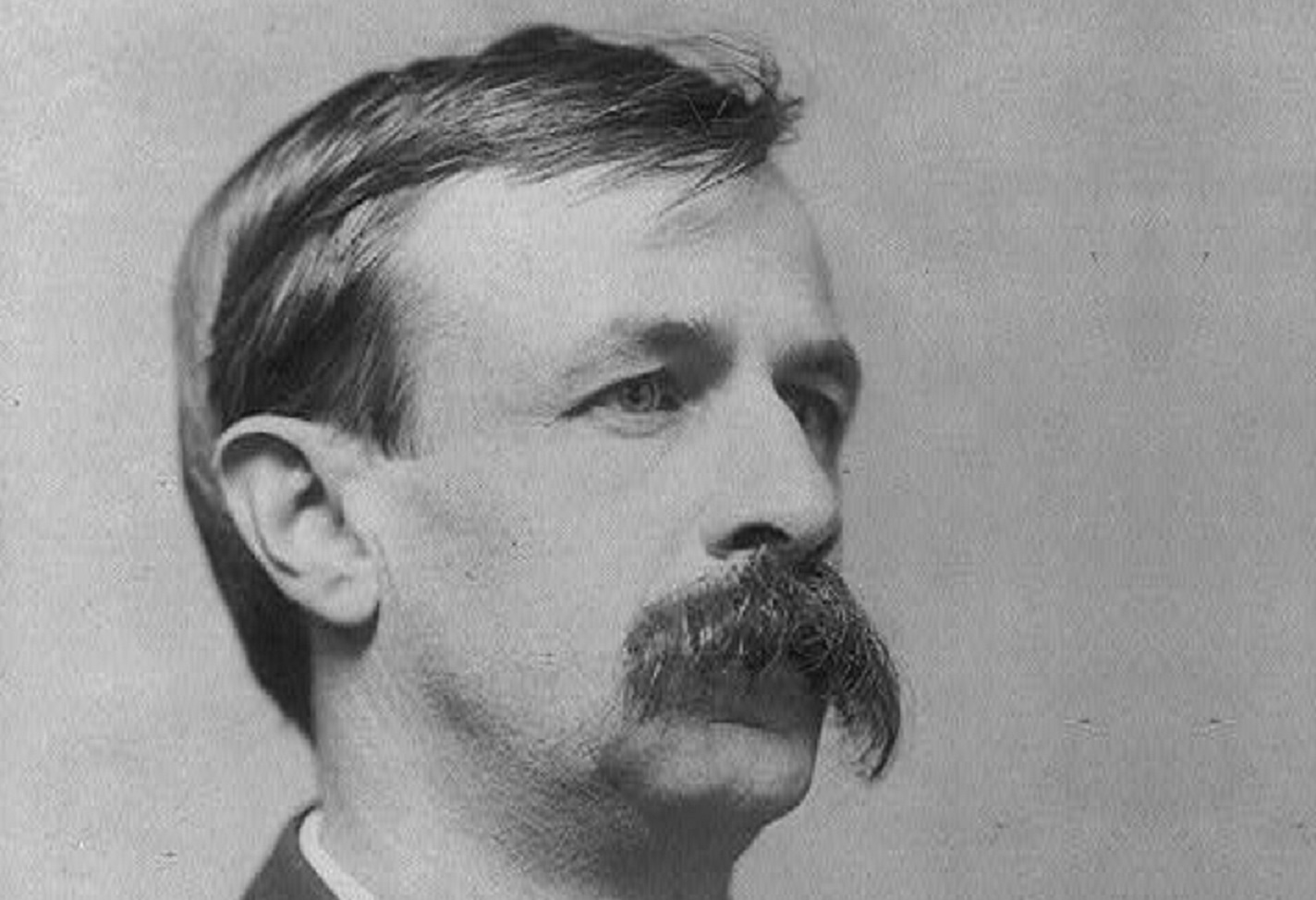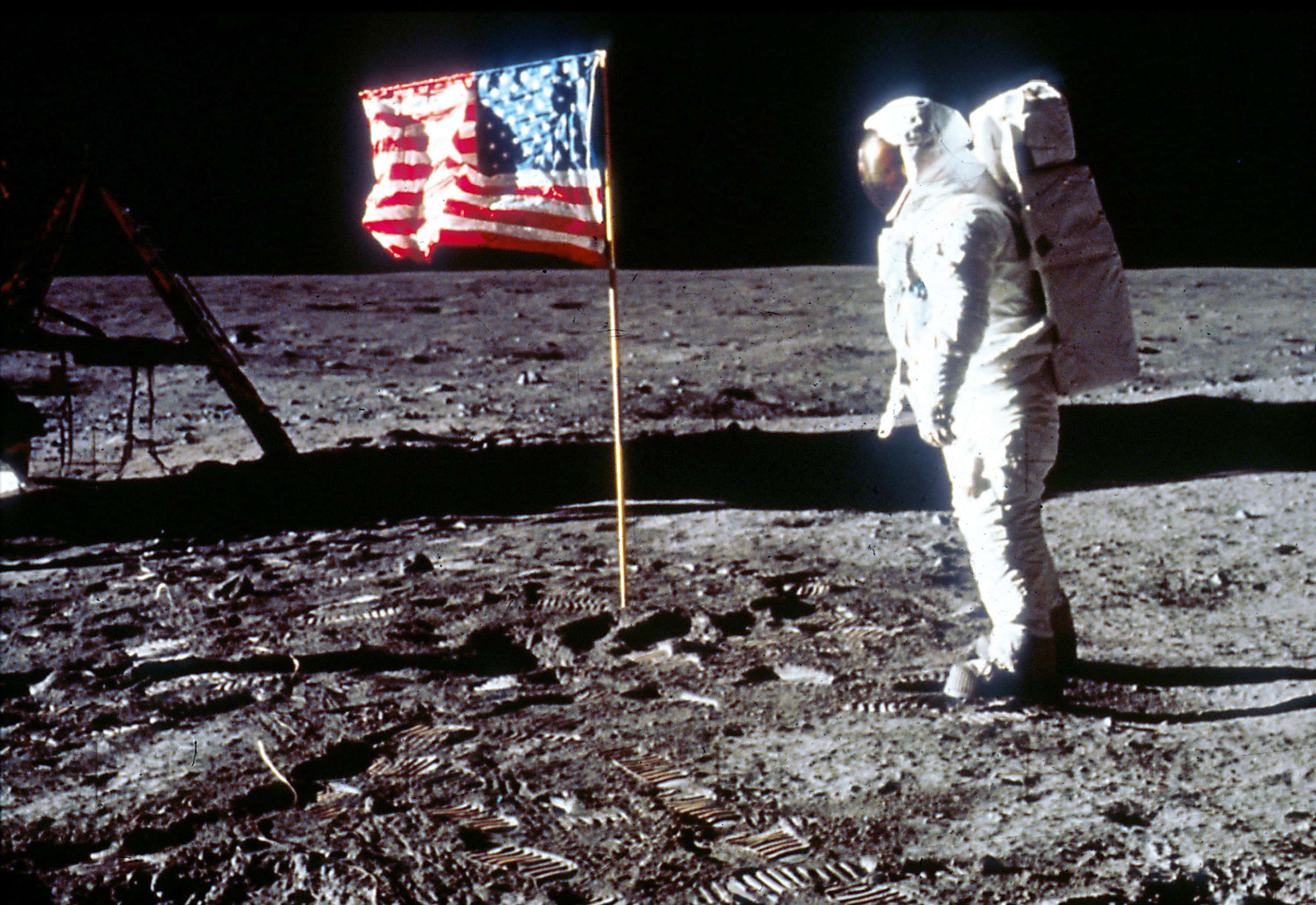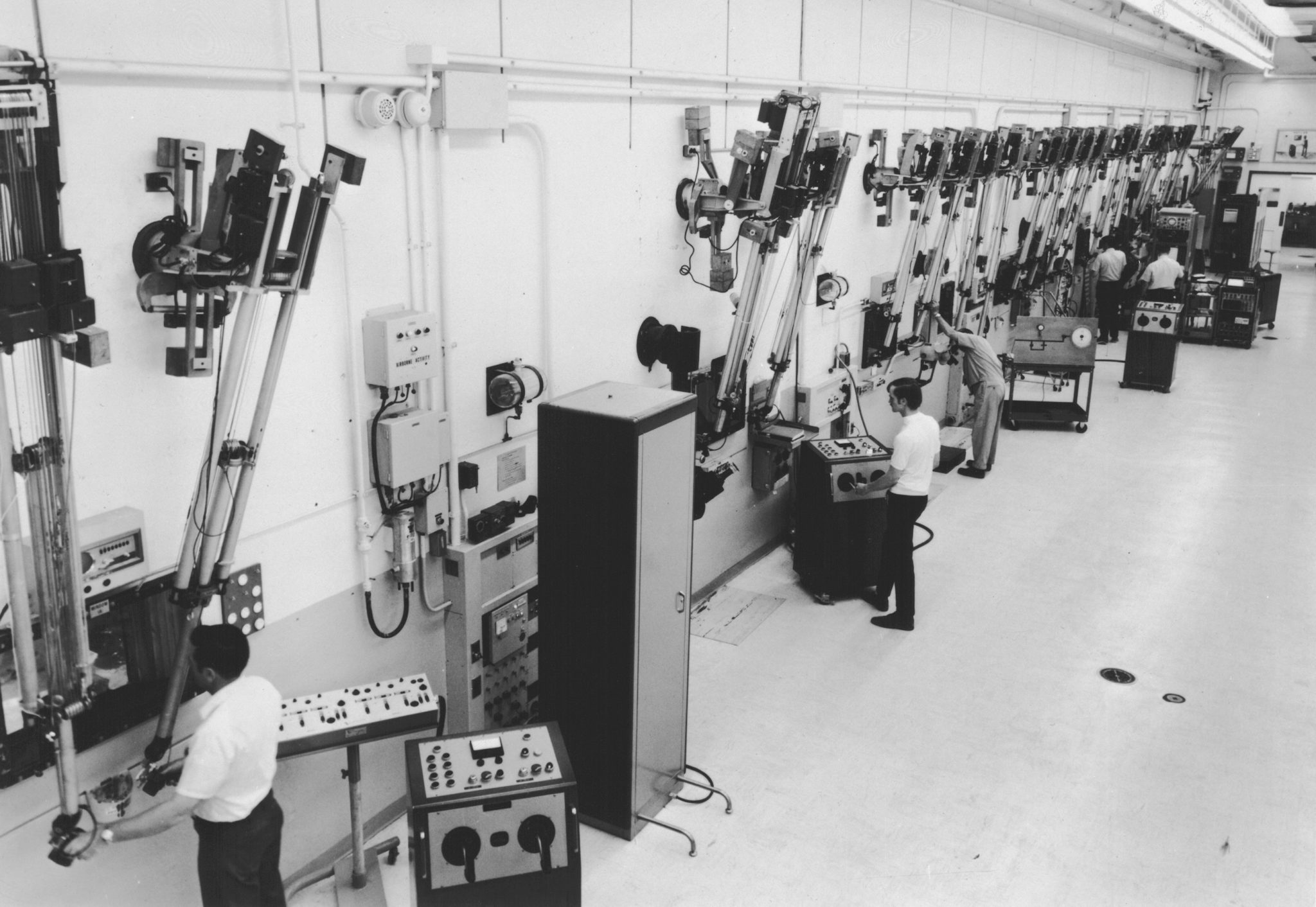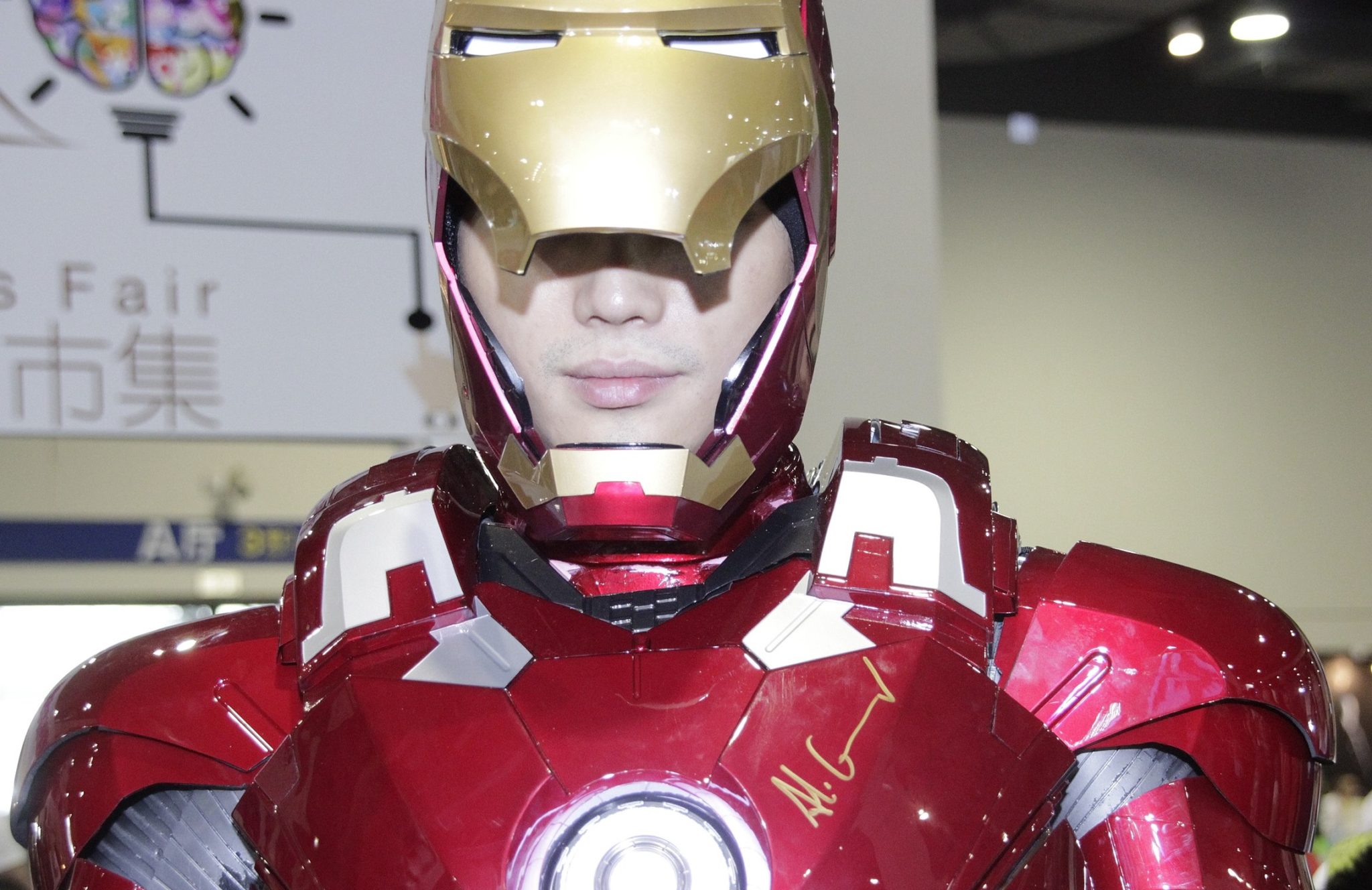“It is difficult to say what is impossible; for the dream of yesterday is the hope of today and the reality of tomorrow.” —Robert H. Goddard
Science Fiction movies, books, and TV shows have long been predictors and inspirations for invention. From debit cards to cell phones to submarines, many of the inventions imagined in Science Fiction have become part of our reality. In many cases, Science Fiction didn't merely predict but also inspires real-life invention. Below are 40 fantastic facts about Science Fiction that has become reality.
Science Fiction That Became Reality Facts
1. 3D Printers
Fans of Star Trek will remember the replicator. Replicators were devices capable of instantly materializing almost any object with a simple command. While 3D printers can’t quite pull objects out of thin air, they do act similarly to replicators, reproducing jewelry, food, and even body parts. Many tech experts believe that as the technology improves, they will resemble replicators even more closely.
 Star Trek: The Next Generation(1987-1994), Paramount Domestic Television
Star Trek: The Next Generation(1987-1994), Paramount Domestic Television
2. Cyberspace
In his 1984 novel Neuromancer, novelist William Gibson predicted hacking, virtual reality, the world wide web, and cyberspace a decade before the internet took the form we know today. In a re-release of the novel for its 20th anniversary, Jack Womack suggested that Gibson’s creation of cyberspace may even have spurred the development of the web.
3. Universal Credit
In his 1888 novel Looking Backward, Edward Bellamy introduced the concept of universal credit: The citizens of his future utopia carried a card with them that allowed them to spend credit from a central bank, without a need for paper money.
4. Underwater Exploration
Jules Verne’s works spawned a number of inventions, the most famous of which is the electric submarine. In his novel Twenty Thousand Leagues Under the Sea, he imagined a great underwater ship powered by electricity. The novel inspired American inventor Simon Lake; he invented his own submarine called the Argonaut in 1898.
5. Can You Hear Me Now?
Another famous Star Trek gadget was the communicator, which looks similar to the cell-phones of today. Martin Cooper, who oversaw the invention of the first mobile phone in the 70s, directly credited Star Trek for inspiring his vision.
6. Metal War Machines
In addition to Jules Verne, H.G. Wells was another great predictor of future technologies. In his 1903 story "The Land Ironclads," he took existing metal-hulled war ships and put them on land. These machines were precursors to the modern tank, which were first deployed on the battlefield 13 years later during the battle of Somme. Leonardo da Vinci, however, might have got there first: he too had tank-like drawings.
7. Personal Access Display Device
Another Star Trek invention to cross into reality is the PADD, a device first seen in Star Trek TNG in the late 80s. The PADD, or Personal Access Display Device, bore a strong resemblance to today’s iPads, and utilized a similar smooth, flat, touch-screen interface.
 Star Trek: The Next Generation(1987-1994), Paramount Domestic Television
Star Trek: The Next Generation(1987-1994), Paramount Domestic Television
8. Thimble Radios
In 1953 when Ray Bradbury's Fahrenheit 451 was published, portable headphones already existed, but they were massive and ugly, and they weighed a ton. Bradbury's description of "little seashells...thimble radios" exactly describes ear bud headphones, which didn’t come into wide use until 2000.
9. Broadcast News
In his 1889 article “In the year 2889,” Jules Verne predicted an alternative to newspapers. Instead of being printed, the news of the day was spoken to subscribers. The first newscast took place 30 years later, and the first television newscast occurred 28 years after that. By 1974, millions of people could watch important events on their televisions.

History's most fascinating stories and darkest secrets, delivered to your inbox daily.
10. Light-propelled Spacecraft
Jules Verne’s 1865 From the Earth to the Moon speculated about a light-propelled spacecraft. That technology exists today in solar sails, which are a form of spacecraft propulsion used by NASA.
11. Erasing Memory
The movie Eternal Sunshine of the Spotless Mind imagined a procedure where memories can be erased. In 2013, scientists were testing a drug that blocked certain types of memories in animals with a single dose. Three-month-old memories of lab rats were erased, and weeks later, there was no sign of the memory returning.
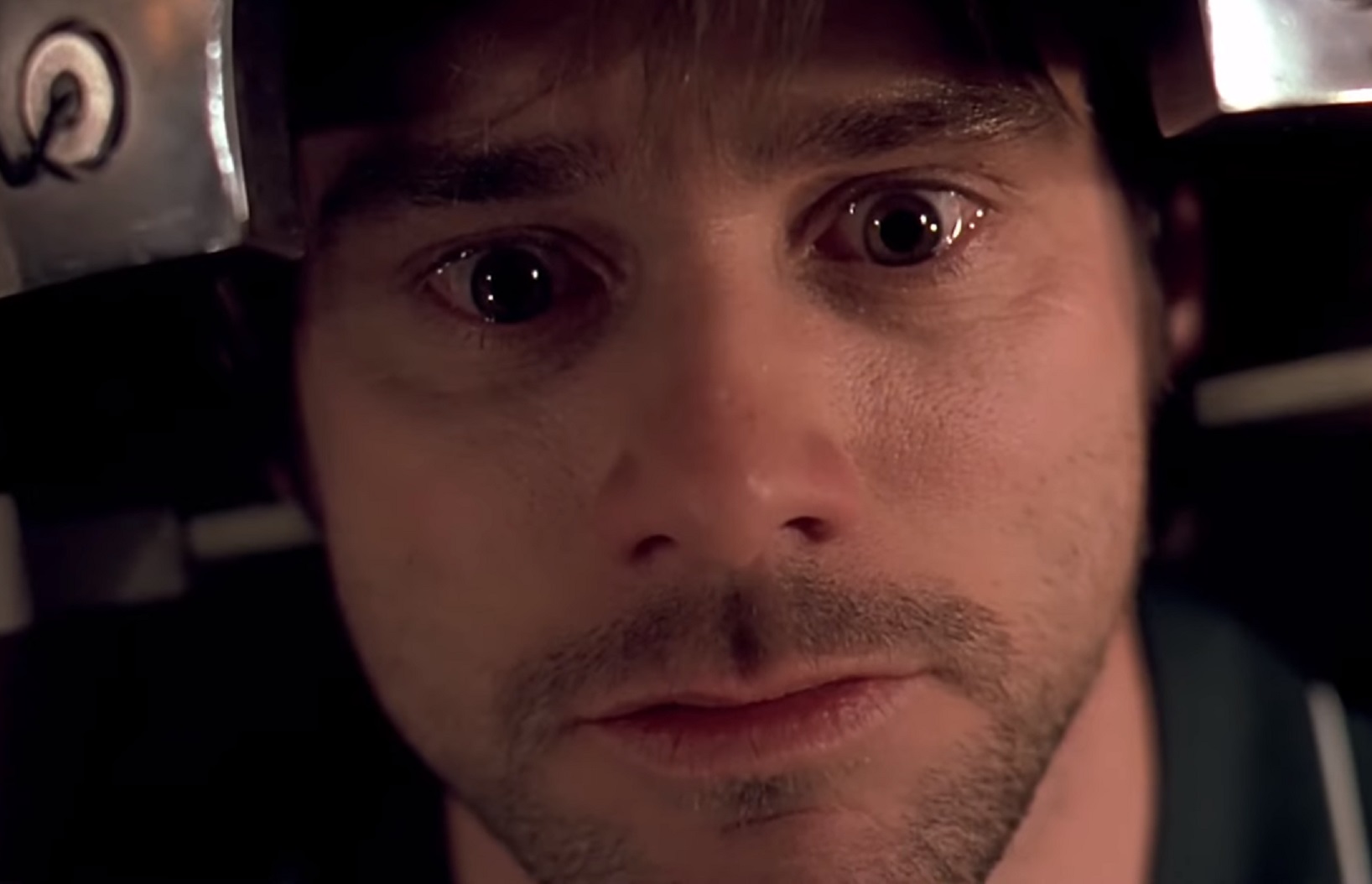 Eternal Sunshine of the Spotless Mind(2004), Anonymous Content
Eternal Sunshine of the Spotless Mind(2004), Anonymous Content
12. Picturephones
AT&T first demonstrated consumer video conferencing at the 1964 World’s Fair, but the first discussion of the idea appeared in Hugo Gernsback’s Ralph 124c 41+. Published in Modern Electronics magazine in 1911, the story included a device called the “telephot” that allowed people to have eye contact while speaking across long distances.
13. Full-Body Scans
The 1990 film Total Recall portrayed high-speed, full body security scanners. In 2016, Boston-based Evolv Technology announced plans for the first public trials of A.I.-powered high-speed body scanners.
 Total Recall (1990), Carolco Pictures
Total Recall (1990), Carolco Pictures
14. The Future of Flight
Igor Sikorsky, the inventor of the modern helicopter, was inspired by the Jules Verne book Robur the Conqueror, in which the main character builds an aircraft out of pressboard and flies via rotors. At the time, early prototypes for helicopters already existed, but Verne took those prototypes further, imagining the ways they would develop.
15. Google Glass
In Star Trek, the Dominion wore headsets that allowed them to see outside their ships with only a head turn. This virtual display device is similar to Google Glass: a tiny screen just outside your direct vision that plugs into all of your technology.
16. Lunar Landing
Another one of Jules Verne’s stories predicted aspects of the 1969 manned Apollo 11 lunar landing. In From the Earth to the Moon, Verne’s astronauts were launched from Florida in an aluminum capsule. He also made some amazingly accurate calculations as to how much force would be needed to propel the rocket out of Earth’s atmosphere.
17. Thomas A. Swift’s Electric Rifle
Children growing up in the early 1900s would have been familiar with the Tom Swift series of books. In the books, the main character Tom Swift made use of a stun gun. When NASA physicist Jack Clover invented the taser, he gave it that name as a nod to the series. TASER actually stands for "Thomas A. Swift’s Electric Rifle."
18. Mission to Mars
Robert Goddard was an American scientist who successfully built and launched the first liquid-fueled rocket in 1926. He became interested in spaceflight after reading a newspaper serialization of the H.G. Wells novel War of the Worlds. The idea of interplanetary flight gripped his imagination, and as he wrote in his autobiography, he “imagined how wonderful it would be to make some device which had even the possibility of ascending to Mars.”
 Wikimedia Commons, Esther C. Goddard
Wikimedia Commons, Esther C. Goddard
19. The Car that Drives Itself
In 1964, after attending the World’s Fair, Isaac Asimov wrote an article for the New York Times predicting what inventions would be on display in 50 years. His essay predicted "robot-brain cars," which would be capable of self-driving. In 2017, companies such as Google, Apple, and Tesla have been testing this technology.
20. Mutually Assured Destruction
Robert Heinlein’s 1940 short story "Solution Unsatisfactory" imagined a future world where America develops an atomic weapon that ends WWII. This action launches the rest of the world into a nuclear arms race to keep up. The story was written before the US had even entered WWII, and five years before the bombing of Hiroshima and Nagasaki.
21. Scanadu Scout
The medical tricorder used in the Star Trek series could instantly diagnose virtually anything. Today, the smartphone app Scanadu Scout can give you vitals if you just hold it to your temple.
22. Tossing Tech
The movie Blade Runner (based on a story by Philip K. Dick) predicted how the world would eventually use technology. In the movie, just like most of the technology in dystopian Los Angeles, replicants are disposable and replaced every four years. In the 21st century, people toss and replace their tech and appliances as soon as there is something new to replace them with.
 Blade Runner(1982), Ridley Scott
Blade Runner(1982), Ridley Scott
23. Mood-Altering Medicine
Aldous Huxley’s 1931 novel Brave New World was eerily prophetic. One of the novel's most significant creations is soma, a mood-altering medicine that keeps people sane. Before 1950, antidepressants weren’t even the subject of scientific experimentation, let alone in regular use.
24. Reality T.V.
Five years before the first reality television show aired an episode, the movie The Running Man (based on a novel by Stephen King) starred Arnold Schwarzenegger as a man forced to participate in a violent game show where he is hunted by characters with names like Buzzsaw. Several years later, American Gladiators premiered, and bore a number of similarities to The Running Man.
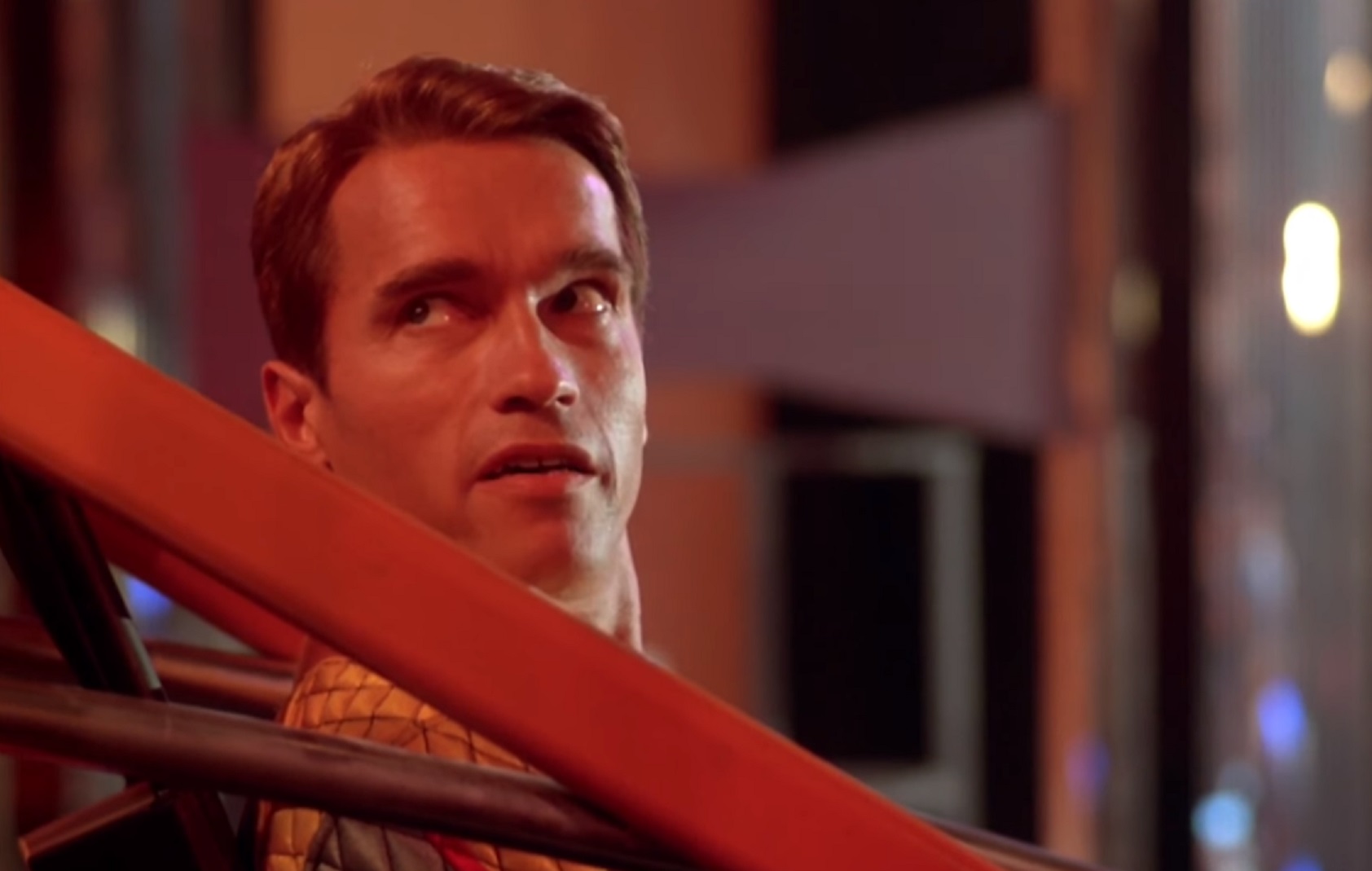 The Running Man (1987), Taft Entertainment
The Running Man (1987), Taft Entertainment
25. Big Brother
In January 2017, George Orwell’s 1949 novel 1984 made a fresh appearance atop the bestseller list; the book predicted several aspects of the modern world. Orwell wrote of a post-nuclear dystopian state monitored by an interconnected web of security cameras. In the 21st century, video surveillance is a part of everyday life, and individuals can be tracked through GPS.
26. Air Touch Technology
While several movies and TV shows predicted the touchscreen interface, the film Minority Report was most accurate in predicting how universal touch technology would become. In 2013, researchers at the University of Bristol announced "ultrahaptic" technology, which allows for touchscreen technology without the touching—just like in the movie.
 Minority Report(2002), 20th Century Fox
Minority Report(2002), 20th Century Fox
27. Tactical Center
E.E. "Doc" Smith's "Lensmen" novels of the 1930s and 40s chronicled the adventures of a futuristic Galactic Patrol, but they also inspired a US naval officer to introduce the concept of a combat information center aboard a warship.
28. Telecommunication Relay
In 1945, Arthur C. Clarke wrote a manuscript called The Space Station: Its Radio Applications. In it, he speculated that geosynchronous satellites would be used for telecommunications relays, and most notably, television signals. This was long before broadcast television was a commercial issue.
29. Mechanical Hands
Famous Science Fiction author Robert Heinlein published a short story in 1945 about physically disabled inventor Waldo F. Jones, who creates a remotely operated mechanical hand. The real-life manipulator arms that were developed for the nuclear industry were named “Waldos” as an acknowledgement of Heinlein’s idea.
30. Striking Similarities
The 1969 sci-fi novel Stand on Zanzibar by John Brunner contains some amazing parallels to 21st century culture. In the novel’s version of 2010 America, Obomi is president, the country is plagued by random acts of violence such as school shootings and terrorist attacks, cars are powered by rechargeable electric fuel cells, and people are skipping marriage in favor of short-term hookups. Oh, and Detroit is a wasteland that has nonetheless developed electronic music. Sound familiar?
31. Multimedia Framework
Apple’s QuickTime Software was a groundbreaking multimedia platform capable of handling video, sound, animation, graphics, text, interactivity, and music. Its creator Steve Perlman has stated that his inspiration for the software came after watching an episode of Star Trek TNG where a character was listening to multiple tracks on his computer simultaneously.
32. Brainy Primates
The Planet of the Apes series imagined a world dominated by intelligent apes whose rise was the result of scientific experimentation to improve intelligence. In 2012, university researchers released findings that the neural performance of primates could be improved by stimulation. When the correct signals were fired into their neurons, their performance improved by 10%. While not quite world domination levels yet, who knows how much smarter chimps can become.
33. Online Metaverse
In his 1992 novel Snow Crash, Neal Stephenson described a fully immersive online "metaverse" where people interact with one another through representations, or "avatars." The inventor of the online community Second Life had been playing with the idea of virtual worlds since college, but the novel painted the picture of what it could look like in the future.
34. Bluetooth
If you’ve ever seen a person walking down the street seemingly talking to themselves, they’re likely using a Bluetooth earpiece. In Star Trek, Uhura, communications officer aboard the Enterprise, wore a giant silver earpiece while sitting at the communications station.
 Star Trek: The Original Series(1966), Desilu Productions
Star Trek: The Original Series(1966), Desilu Productions
35. Real People on T.V.
While The Running Man is seen as a precursor to reality show competitions like Survivor, another film, The Truman Show, predicted a show that turned life into reality TV. Shows like Teen Mom, Big Brother, and Duck Dynasty are all similar to the movie, and "the Truman Show delusion," where people believe their lives are a reality show, is also named after it. Episodes of The Twilight Zone and the short film The Secret Cinema (1968) also show similarities to The Truman Show.
 The Truman Show, Paramount Pictures
The Truman Show, Paramount Pictures
36. Robot Maids
The Jetsons, an animated program from the 60s, had a robot maid named Rosie who completed regular household tasks such as cleaning, cooking, and selecting clothes for the characters. In 2016, Elon Musk announced his new robotics firm Open AI is developing domestic robots that will perform basic household chores (of course, we already have Roombas).
37. Superstorms
In the film The Day After Tomorrow, global warming causes an enormous superstorm that sets off a series of natural disasters around the world. In the summer of 2017, a series of devastating hurricanes hit the Atlantic and Gulf Coasts, bearing some eerie similarities to the storm depicted in the movie.
 The Day After Tomorrow(2004), Centropolis Entertainment
The Day After Tomorrow(2004), Centropolis Entertainment
38. Wearable Tech
In 2017, smart watches are becoming more commonplace, but a version of the smart watch first made an appearance in The Jetsons cartoon back in 1962. Elroy’s friend had a watch that he could use to watch the latest episode of The Flinstones, and the screen was full-color.
 The Jetsons(1985-1987), Hanna-Barbera Productions
The Jetsons(1985-1987), Hanna-Barbera Productions
39. Robot Exoskeleton
The US military's TALOS (Tactical Assault Light Operator Suit) is similar to the suit worn by Iron Man. It’s able to ward off bullets and has internal sensors and computers designed to give better situational awareness. It will also transform from liquid to solid when an electric current is introduced, allowing it to be comfortable outside of combat. The suit is geared at Navy SEALS and special forces, and a prototype is expected sometime in 2018.
40. Smart Homes
A 1999 Disney channel movie called Smart House featured a robot called PAT (Personal Applied Technology) that can make phone calls, control the temperature, start music, and even adapt dinner menus. The Amazon Echo and Google Home are smart digital assistants that can assist with shopping, control the other smart devices in your home, stream music, and manage your calendar.
Sources: 1, 2, 3, 4, 5, 6, 7, 8, 9, 10, 11, 12, 13, 14, 15, 16, 17



